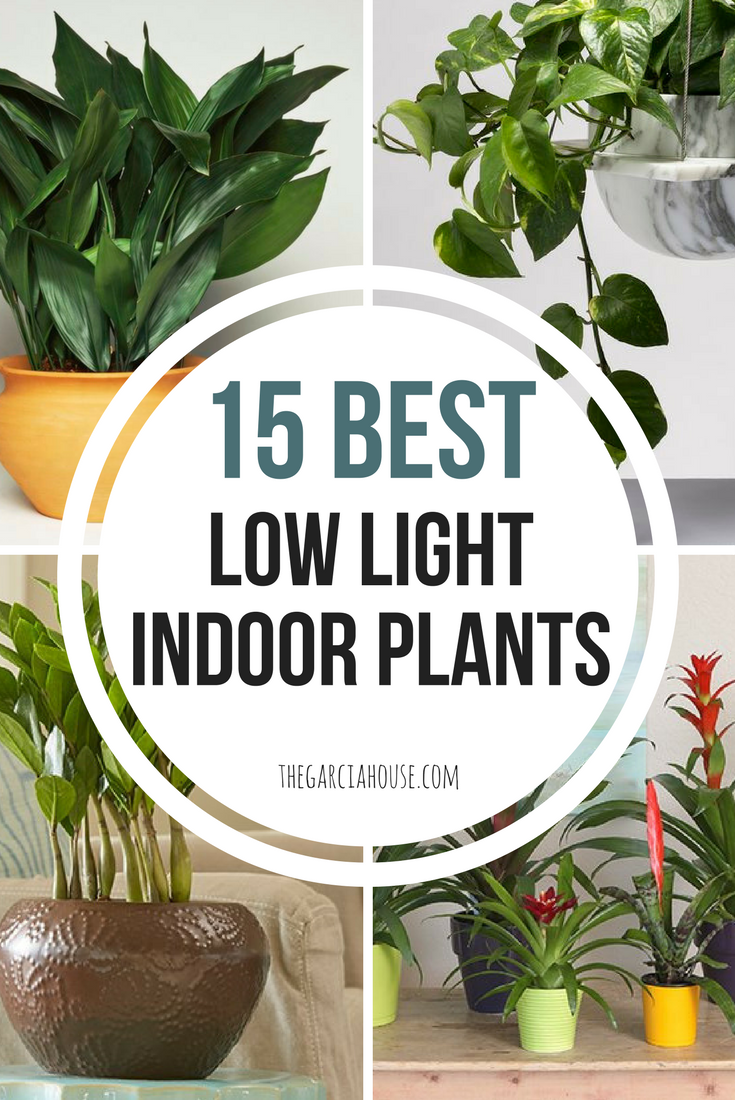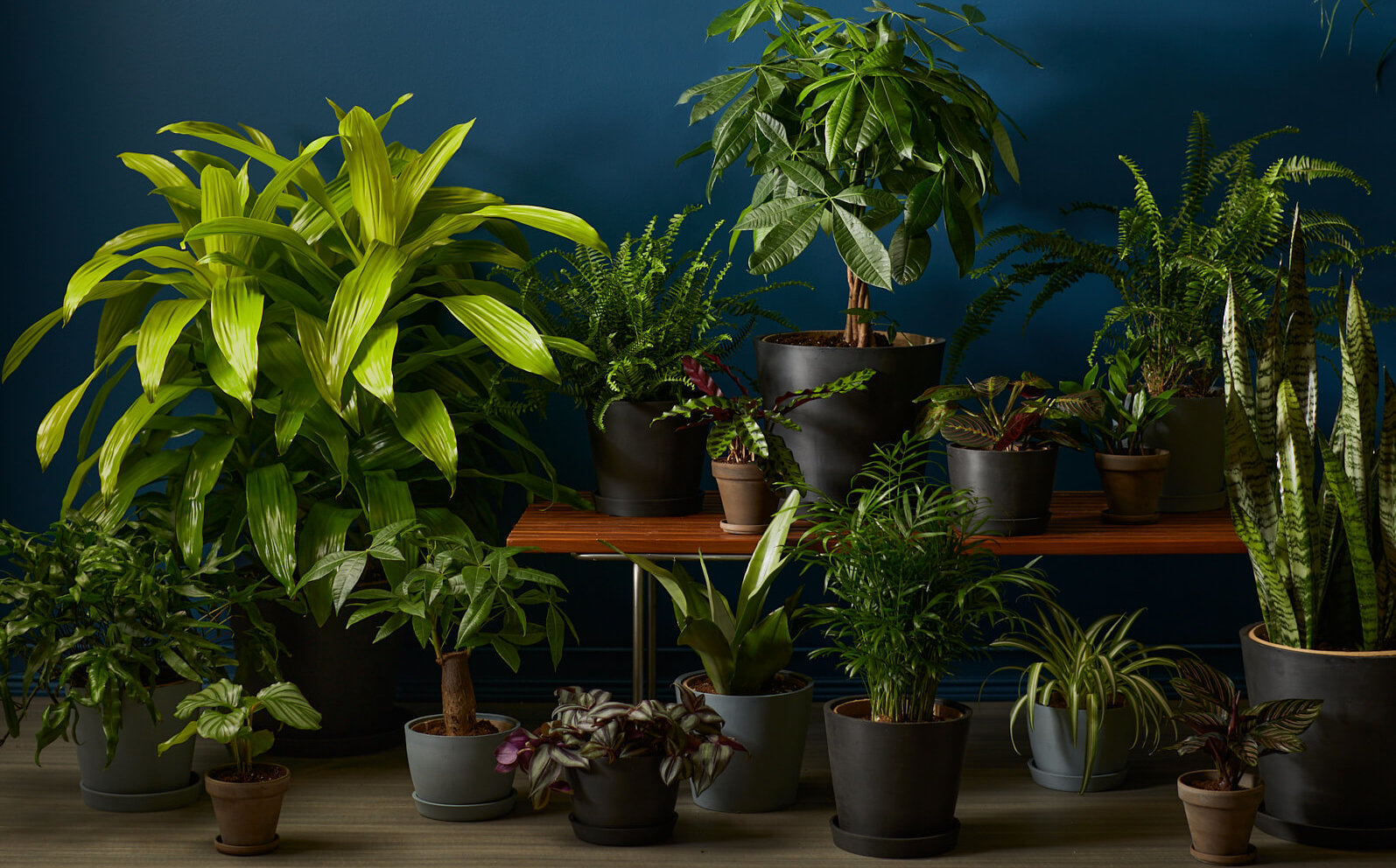Discover the Best Low-Light Indoor Plants for Your Home or Office Space
Discover the Best Low-Light Indoor Plants for Your Home or Office Space
Blog Article
Transform Your Home With Beautiful Low-Light Indoor Plants and Their Benefits
Integrating low-light interior plants right into your home can substantially improve both the ecological and visual quality of your space. These plants, which grow in dim conditions, offer not just as attractive elements however likewise as natural air cleansers, making them ideal for urban dwellers or those with restricted sunshine exposure. As we discover the different kinds of low-light plants and their advantages, you might discover shocking methods to integrate them right into your home that can transform your surroundings in methods you could not have actually anticipated.
Advantages of Low-Light Plants
Low-light plants use many benefits for indoor atmospheres, making them a superb choice for both newbie and knowledgeable garden enthusiasts. Among the key benefits is their versatility to low-light conditions, permitting individuals to enhance their home without the requirement for extensive sunshine direct exposure. This particular makes them suitable for apartment or condos, offices, and various other areas with restricted natural light.

Furthermore, incorporating low-light plants right into home décor can elevate the aesthetic allure of a space. Their rich vegetation and varied appearances create a soothing ambience, contributing to overall health. Lastly, the visibility of plant has been connected to decreased tension levels and boosted productivity, making low-light plants a useful selection for boosting both physical and mental health and wellness in indoor setups.
Leading Low-Light Indoor Plants
While many indoor plants prosper in brilliant light, numerous types are specifically fit for low-light problems, making them suitable for various indoor areas. One popular option is the Serpent Plant (Sansevieria), understood for its striking upright leaves and durability, requiring very little treatment. One more superb choice is the Pothos (Epipremnum aureum), which includes heart-shaped leaves and can trail perfectly from shelves or hangers, prospering in low light and including a rich touch.
The ZZ Plant (Zamioculcas zamiifolia) is commemorated for its shiny fallen leaves and capacity to hold up against overlook, making it excellent for hectic way of lives. The Peace Lily (Spathiphyllum) not only tolerates reduced light however also creates spectacular white blooms, improving any kind of area's visual.
For an unique touch, take into consideration the Cast Iron Plant (Aspidistra elatior), which certainly measures up to its name, prospering in the darkest edges of your home. Finally, the Chinese Evergreen (Aglaonema) provides a variety of fallen leave patterns and shades while being extremely flexible in low-light problems. These plants not only beautify interior environments but additionally add to air purification, enhancing your home.
Care Tips for Low-Light Plants

Watering practices are crucial; these plants often prefer a little completely dry problems. useful reference Overwatering can result in root rot, so ensure that the top inch of dirt is completely dry before watering once more. Use pots with water drainage openings to permit excess dampness to leave.
Moisture is another important aspect. Several low-light plants, such as brushes and peace lilies, advantage from higher humidity levels. To raise moisture, consider misting the fallen leaves or placing a tray of water near the plants.
Fertilizing needs to be come close to with caution. During the expanding period, utilize a thinned down, balanced fluid fertilizer each month to support growth, however stay clear of feeding during the inactive wintertime months.

Imaginative Ways to Display Plants
Interior plants can work as fascinating centerpieces in any type of space, boosting both aesthetic appeal and setting. Innovative displays can raise the aesthetic effect of low-light plants, making them an essential part of your home decor. One effective approach is to use tiered plant stands, which enable you to display multiple plants at varying heights while maximizing floor room.
Hanging planters are an additional ingenious option, producing a feeling of depth and attracting the eye upward. Consider macramé hangers or wall-mounted racks to present an one-of-a-kind texture and style.
For a much more organized technique, usage geometric terrariums or glass containers to house your plants, including a modern-day touch to your indoor garden. You can likewise repurpose classic products, such as teacups or wooden pet crates, for an eclectic screen that shows your personality.
Enhancing Home Setting With Plants
Incorporating low-light plants right into your home not only improves aesthetic allure yet additionally adds dramatically to the overall setting. These plants work as all-natural decoration elements, presenting a sense of peace that can Going Here change any room. The existence of greenery fosters a soothing ambience, which is particularly valuable in high-stress environments such as office or living spaces.
Low-light plants, such as serpent plants, pothos, and ZZ plants, are not only cosmetically pleasing but likewise enhance interior air quality by filtering system pollutants. This twin feature boosts the atmosphere better, producing a healthier home (Best low-light indoor plants). The tactical placement of these plants can also affect the perception of area; for example, high plants can draw the eye up, making ceilings appear greater and spaces more sizable
In addition, varying appearances and colors of foliage include deepness to interior decoration, permitting imaginative expression in home styling. Whether put on racks, in edges, or as focal points, low-light plants can boost the state of mind of any space. In recap, including these plants right into your home is a reliable way to foster a warm, welcoming ambience while gaining the benefits of boosted air top quality and visual versatility.
Final Thought
Integrating low-light indoor plants right into home environments provides many benefits, including improved visual allure and improved air top quality. These resilient plants, such as the Snake Plant and Peace Lily, need very little light and upkeep, making them ideal for diverse way of lives.
While many interior plants flourish in intense light, numerous types are especially appropriate for low-light problems, making them suitable for different interior rooms. One efficient technique is to make use of tiered plant stands, which enable you to display several plants at varying elevations while maximizing floor room.
Low-light plants, such as snake plants, pothos, and ZZ plants, are not only cosmetically pleasing however additionally boost interior air top quality by filtering system contaminants. Best low-light indoor plants. why not check here The critical positioning of these plants can also influence the perception of space; for circumstances, high plants can draw the eye upwards, making ceilings show up greater and areas much more spacious
These resistant plants, such as the Serpent Plant and Peace Lily, call for marginal light and upkeep, making them suitable for diverse way of lives.
Report this page